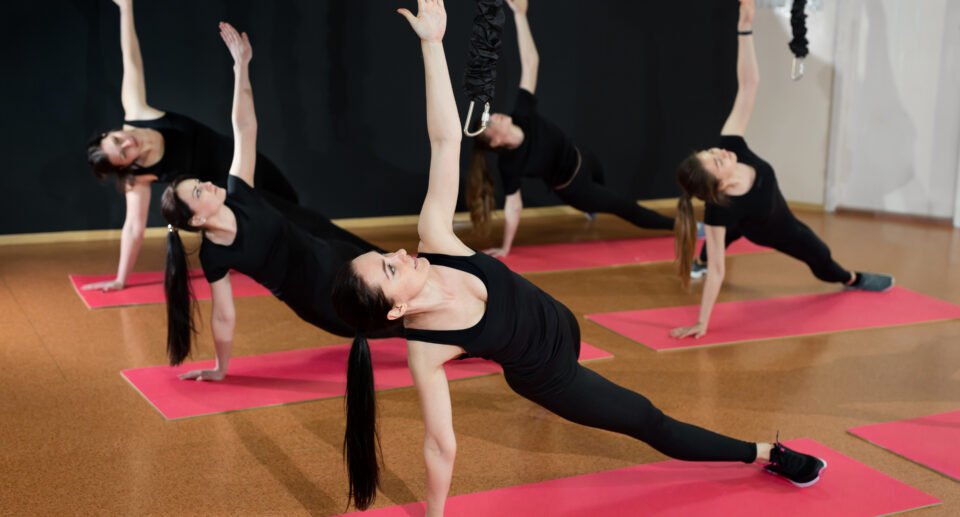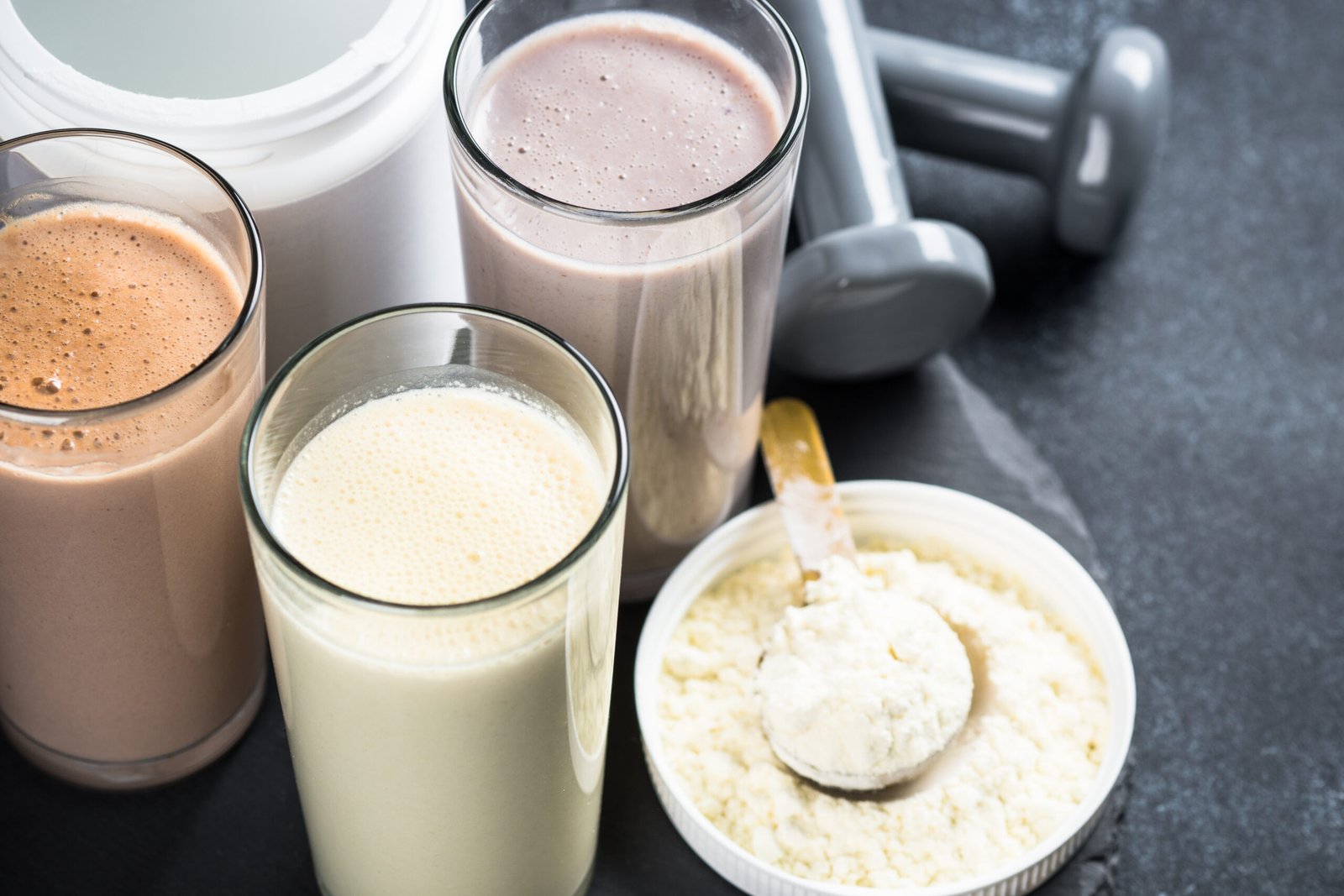Why is warming up important prior to a workout?

As far as physical activity is concerned, everyone tends to be different in one characteristic or the other. For instance, some will jump right out of bed to go for a run as opposed to spending several minutes preparing themselves. That is why there are mixed feelings about whether such an activity should be included or not in the course. Warming up is important in that the chances of injury are decreased, performance is improved, and the energy levels of the individual are raised.
It also helps in the coordination, balance, agility, and even reaction time of an individual. Muscle soreness, fatigue as well as other unwanted repercussions that may at times lead to injuries are some of the things that warming up is said to minimize. Similarly, it has been proved that a vigorous warm-up also enhances the secretion of stress-reducing hormones such as endorphins and energy-enhancing hormones thereby facilitating the undertaking of the activity the reason being there is low stress and improving focus and drive in the course.
It has been noted that warm-up is of many advantages to the body and it is to avoid doing exercises without a warm-up phase we have compiled this article to highlight some other beneficial effects and features of warm-ups.
Why is Heart Rate Elevated Before Commencing Physical Activities?
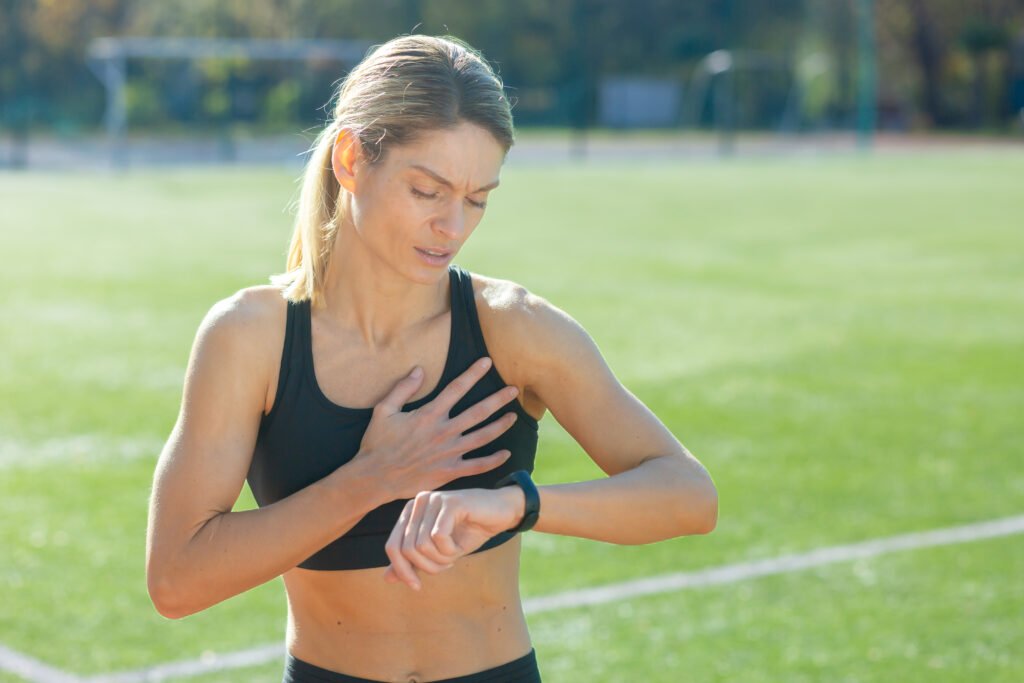
A warm-up prepares the body for more vigorous or strenuous activities. A warm-up exercise helps prepare your cardiovascular system for physical activity and may help to prevent soreness and injury. Warm-ups usually attach to the upcoming activity. For example, a sprint warm-up differs from a soccer warm-up because they engage key muscles differently.
Warming up the muscles before a workout reduces the risk of injury. Warming up usually consists of low-intensity actions that condition the muscles for the forthcoming activities. This is sort of giving the body preparation undertaking before it engages in activities that require serious effort. This activity eliminates or reduces risks to zero.
Warm Up before exercise:
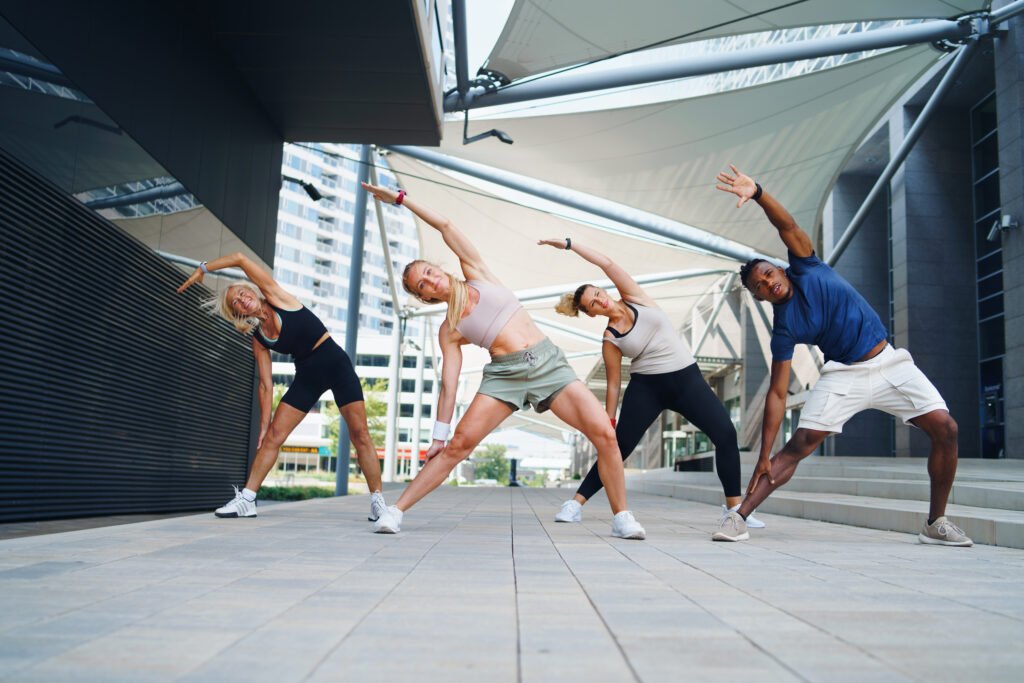
Performing an exercise warm-up also would enable one to perform an exercise more safely, Because you are preparing your body for movements that it will engage in later during the workout, the chances of sustaining an injury when doing this warm-up are not high. For instance, a person who sits at a desk for most of the day becomes accustomed to the posture. Warm-ups help improve the correct movement patterns.
A further justification of why there is a need for a light warm-up is that it prepares you psychologically. Sometimes, we have so many things going on in our heads that we don’t even think about going for a run or lifting weights. Warming up serves as a means of directing your mindset towards the tasks ahead of you.
Also, while doing a warm-up, one can set personal targets, breathe in the zeal of the workout, review the metrics and exercises in the mind, and so on. This way, we don’t leave the physical preparedness of the body to chance, but we also take care of the mental toughness needed for activeness.
What Is the Meaning of a Warming-Up for Your Body?
Warming up as part of a workout offers benefits such as:
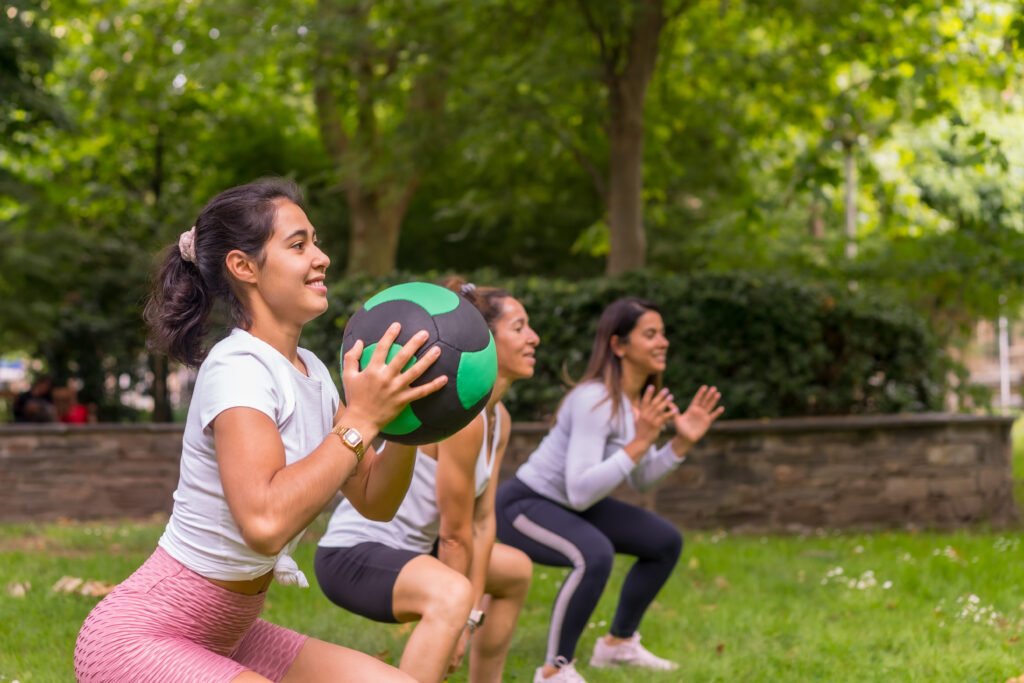
- Better supply of blood and oxygen to the active muscles.
- Enough sun-like position available making it easier to pump out blood.
- Causes less labor to the heart since it does not have to work hard to pump blood around the body.
- Elevated body temperature enhances the flexibility of the muscle.
- Warming up of muscle makes the injury risk and strain on that muscle lower.
- Preparing the body to activate cooling techniques( mostly sweating) to avoid heat overload.
- Embodiment of hormones which turn fatty acids and carbohydrates into energy resources.
There are several advantages of skipping a warm up especially when it may involve light stretches. It is recommended that you perform limb cycle exercises before workouts, whether you are at home or at the gym. Including light warm-ups is perfectly fine.
Advantages of warming up:
Here’s a quick overview of the benefits presented by the warming-up:
Range of Motion & Flexibility:
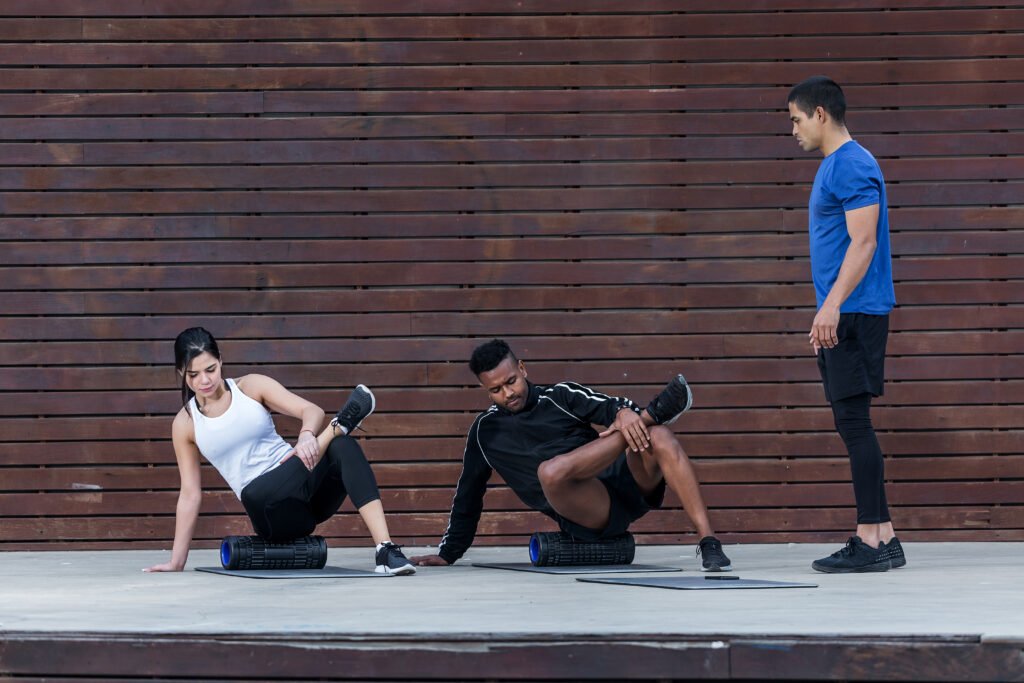
It aids in enhancing the capacity to move the joints and the elasticity of the muscular structures, tendons, and ligaments. This allows for a better range of motion when performing activities and is more pleasurable. Dynamic stretches help achieve a range of motion since these exercises involve movements similar to the upcoming activity.
Injury Prevention:

In cold injuries, experts accept that a characteristic warmth provides great protection. This warmth helps activate the muscle, increasing temperature and blood flow in preparation for more intense activities.
Enhancing Exercise Reserves:
At the beginning, the body performs a warm-up to prepare for the more strenuous exercise activities. This may help in the development of muscle strength and speed as well as better coordination and quick response.
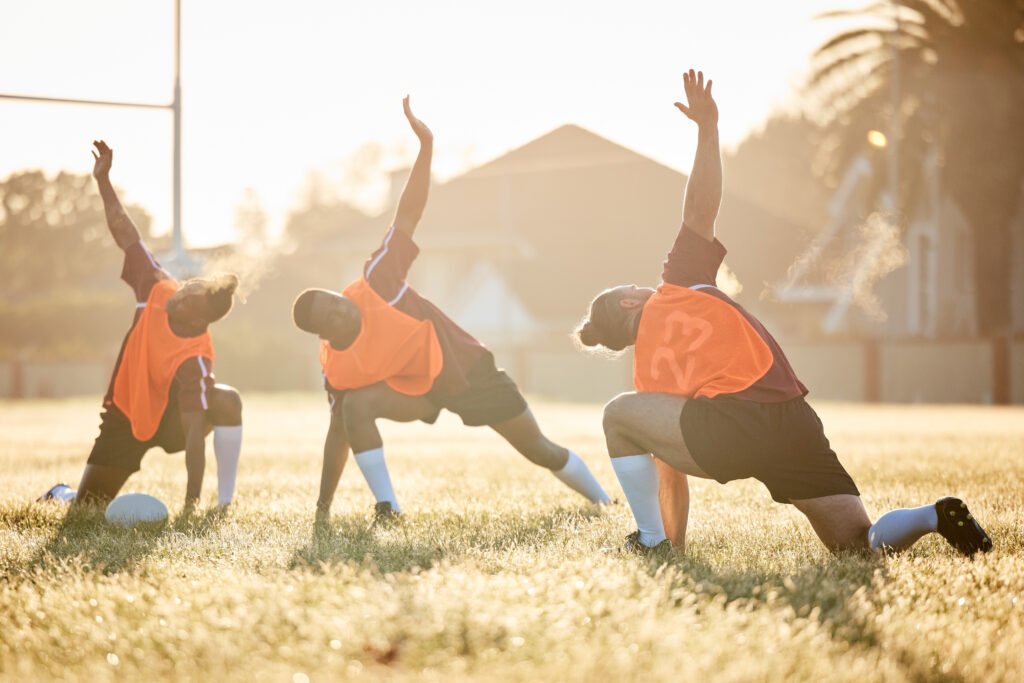
Improving Awareness:
Warm-up exercises increase awareness in the sense that they allow the athletes to rehearse the movements and give a sense of the position and alignment of the athletes.
Improving Blood Flow:

Warming up is good because it increases the heart rate as well as circulation, which increases the speed at which oxygen and nutrients get to the muscles. This removes a lot of pressure on the body and can improve performance.
Reducing Post-exercise Muscle Exertion:
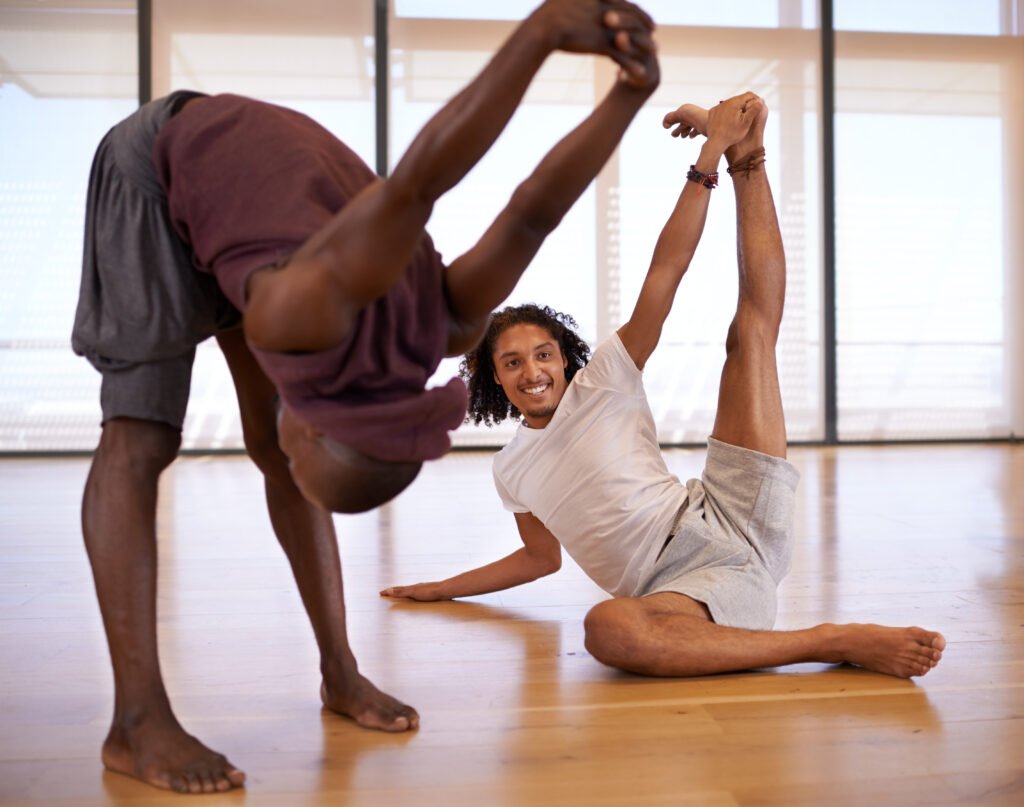
Engaging in warm-up exercises can reduce muscle soreness after exercising by enhancing the flexibility of the muscles that you will be working out. Thus, cutting down on the strain on individual muscles used during exercise.
Ways of Warming Up Efficiently:
A warm-up should always be specific and related to the individual and the activity coming next. Some ways to achieve a good warm-up include:
- Dynamic Stretching:
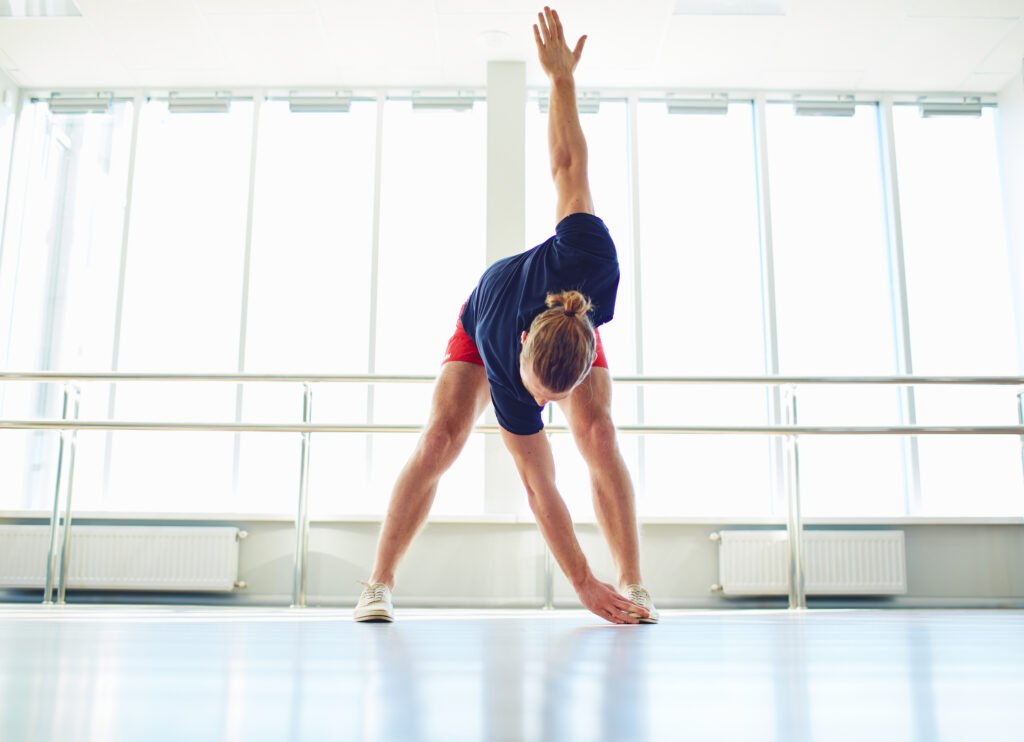
Dynamic stretching is an excellent means for warming up the body before a functional workout. Dynamic stretching is any movement that is active and uses momentum to move the body parts and stretch the muscles. This process increases muscle readiness by pumping blood into them, making them more flexible. Examples include walking lunges, squats, and arm circles.
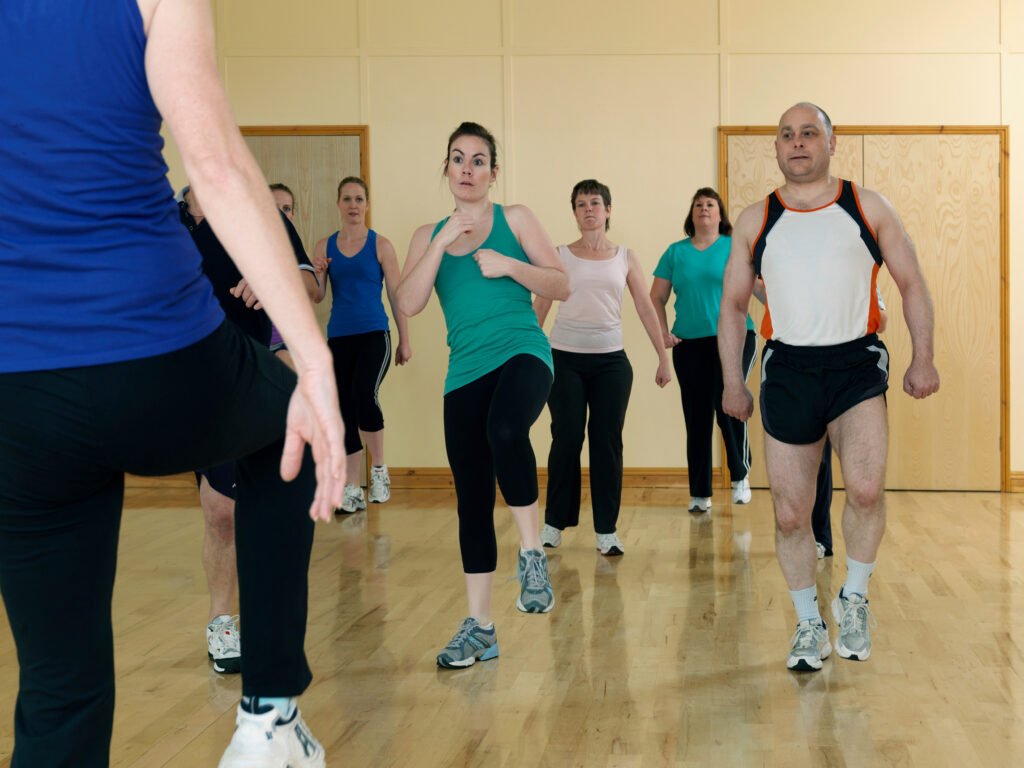
- Cardiovascular Exercise:
C31- cardio is ideal for bringing the blood to the surface and for the muscles. Casual leg movements, in shape, move to skip, or on the flat, rotating leads to the heartbeat accelerating to prepare the body for the workloads. - Muscle Activation:
If the aim is to perform at the maximum targeting, muscle activation is key when preparing for some workouts. Simply targeting the muscle or muscle group used during the workout activates the muscle physically. This helps in bringing the muscles to activity and when properly performed can help in injury prevention. Particularly, they are glute bridges, planks, and bodyweight squats among others.




